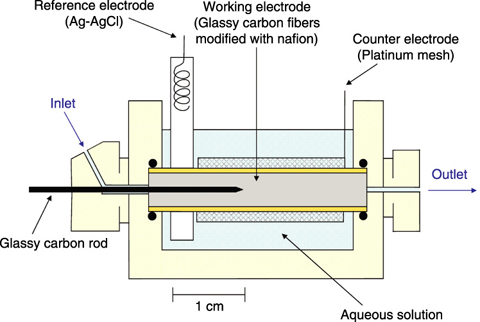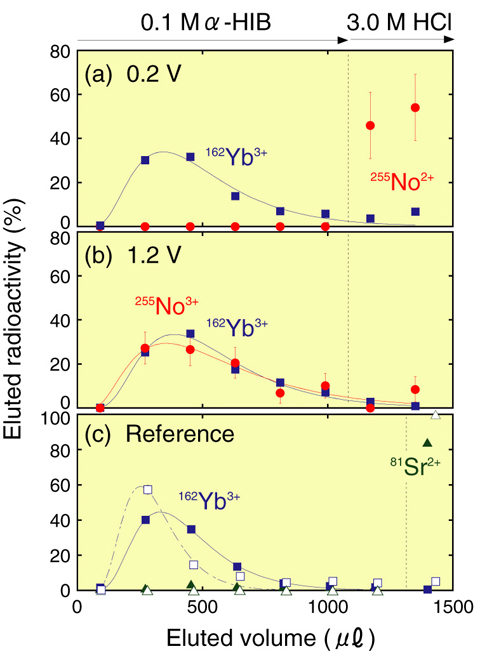
Fig.7-3 Flow electrolytic chromatograph apparatus

Fig.7-4 Elution behavior of No, Sr2+, and Yb3+
The electron configuration of superheavy elements placed at the uppermost end of the periodic table is predicted to be intensely affected by strong relativistic effects. Redox properties sensitive to the electron configuration are, therefore, important in elucidating the influence of the relativistic effects. Because an atom-at-a-time scale is used with these elements, however, their redox properties had not been studied previously. Here we report the oxidation of element 102, nobelium (No), using flow electrolytic chromatography on an atom-at-a-time scale.
We produced nobelium-255 (255No) with a half-life of ~3 min in a nuclear reaction of carbon-12 (12C) and curium-248 (248Cm) at the JAEA tandem accelerator. No was dissolved with 0.1 M α-hydroxyisobutyric acid (α-HIB) and was then injected into the flow electrolytic chromatography apparatus shown in Fig.7-3. The No2+ ion passed through a column-type working electrode composed of thin carbon fibers modified with Nafion cation-exchanger where No2+ is electrolyzed to No3+ and these ions are separated from each other. After elution with α-HIB, adsorbed ions on the electrode were stripped with 3.0 M HCl.
In Figs.7-4(a) and (b), the elution behavior of No and Yb3+ are shown, while that of Sr2+ and Yb3+ are plotted as a reference in Fig.7-4(c). Quite different behavior between Sr2+ and Yb3+ indicates clear separation between +2 and +3 ions under the given conditions. At the applied potential of 0.2 V, No is not eluted with α-HIB and is stripped with 3.0 M HCl. This behavior is quite similar to that of Sr2+, showing that No is bound in a stable +2 state. On the other hand, at 1.2 V, No is eluted with α-HIB at the position of Yb3+, which unambiguously indicates that No is oxidized to the +3 state. These results demonstrate successful electrochemical oxidation on an atom-at-a-time scale for the first time.
In the future, we will clarify the redox properties of other superheavy elements by applying this newly developed electrochemistry approach.